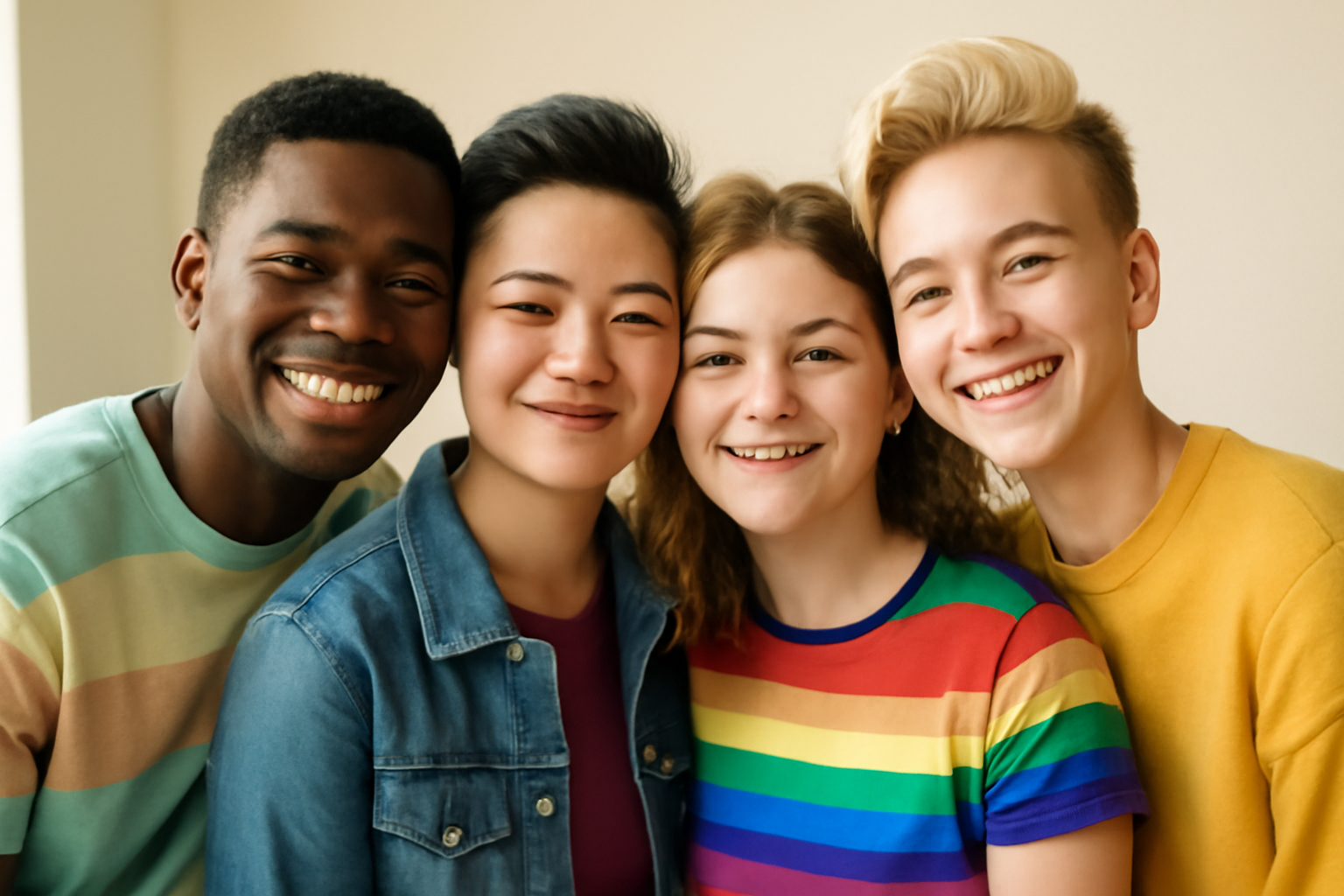
Understanding SOGIE and Supporting Our Youth in the Community
In recent years, the terms SOGIE and its importance have gained significant attention, especially within educational and community settings. But what exactly does SOGIE mean, and why is it crucial to affirming the identities of our youth? SOGIE stands for Sexual Orientation, Gender Identity, and Expression. Recognizing and understanding these aspects of identity is essential, particularly in creating safe and welcoming environments for LGBTQ+ youth.
SOGIE is an inclusive term that encapsulates the diverse range of identities and expressions that individuals may have. It goes beyond the binary notions of male and female or heterosexual and homosexual, offering a broader understanding of human identity. Sexual orientation refers to whom a person is attracted to emotionally, romantically, or sexually. Gender identity is an individual’s internal understanding of their own gender, which may or may not correspond with the sex they were assigned at birth. Gender expression involves the external display of one’s gender through clothing, behavior, and other means.
Affirming and supporting LGBTQ+ youth requires us to embrace this diversity and complexity in identity. We must move away from rigid stereotypes and instead foster inclusivity. By understanding SOGIE, community members, educators, and parents can create environments that support and uplift LGBTQ+ youth.
Creating Supportive Spaces
One of the key ways to support LGBTQ+ youth is by creating spaces where they feel safe and supported. Schools, libraries, and community centers can play a pivotal role in this. Safe spaces are environments where individuals can express themselves without fear of discrimination or harm. They provide a sanctuary for youth to explore their identities and connect with peers and mentors who understand their experiences.
Educational institutions can implement policies that protect the rights of LGBTQ+ students. This includes anti-bullying measures, access to gender-neutral restrooms, and LGBTQ+ inclusive curricula. Teachers and staff should undergo training to understand the challenges faced by LGBTQ+ youth and learn how to be allies. These steps contribute significantly to the well-being and academic success of LGBTQ+ students.
The Role of Libraries
Libraries, often seen as centers of knowledge and community gathering, have a unique role in supporting LGBTQ+ youth. By offering resources and hosting events that celebrate LGBTQ+ identities, libraries can become welcoming spaces for exploration and learning. For example, organizing workshops and discussions on topics such as SOGIE can educate both youth and adults alike.
Many libraries have developed collections of books and media that reflect the experiences of LGBTQ+ individuals. These resources can be invaluable to young people seeking to see themselves represented and to learn about others’ experiences. Additionally, libraries can partner with local LGBTQ+ organizations to provide programming that addresses the specific needs of LGBTQ+ youth.
Empowering Youth Through Education
Education is a powerful tool for empowerment. By incorporating SOGIE education into school curricula, students are given the language and understanding to discuss identity in a respectful and informed manner. This education should start early and be age-appropriate, growing in complexity as students develop.
Schools can also support student-led LGBTQ+ groups or alliances, which provide peer support and advocacy opportunities. These groups can be instrumental in raising awareness and driving change within the school community.
Involving the Community
Community involvement is crucial in supporting LGBTQ+ youth. Parents, guardians, and local organizations all have roles to play. Parents can educate themselves about SOGIE and the challenges faced by LGBTQ+ youth to better support their children. Local organizations can offer services and resources tailored to the needs of LGBTQ+ individuals, such as counseling, support groups, and health services.
By fostering open dialogues within communities, we can break down barriers and build networks of support. Community events that celebrate diversity, such as pride festivals or cultural workshops, help to normalize LGBTQ+ identities and promote acceptance.
In conclusion, understanding SOGIE and affirming the identities of LGBTQ+ youth is essential for their well-being. By creating supportive environments, empowering through education, and involving the community, we can ensure that all young people have the opportunity to thrive. As allies, we must commit to ongoing learning and advocacy to truly make a difference in the lives of LGBTQ+ youth.
Related Posts
Trump Inaugurated as 47th President Amid Concerns for LGBTQ+ Community
Donald Trump has been sworn in as President once again, marking his second term as America's 47th leader. This significant event in U.S. politics promises profound impacts, especially concerning LGBTQ+ rights. Taking office: promises and challenges Amidst a harsh winter storm, Trump took his oath indoors at U.S. Capitol on January 20. Alongside him, Vice-President JD Vance also stepped up, both [...]
Daniel Craig's "Queer" Overlooked by BAFTA: A Surprising Omission
Daniel Craig's film, Queer, snubbed by BAFTAs despite rave reviews In a surprising twist, Daniel Craig's newest film, *Queer*, failed completely on BAFTA's nomination list this year. It's a head-scratcher, considering how critics have sung its praises and Craig delivered such a standout performance. Yet, not a single nod from BAFTA. Go figure. fans and critics baffled by BAFTA snub The exclusio [...]
Generations of LGBTQ+ Athletes: From Past Challenges to Modern Triumphs
In a captivating display that brought together voices across generations, two gay athletes from different times came together on a TV show, sharing their journeys and thoughts on LGBTQ+ representation in sports. This insightful program shed light on how inclusivity and acceptance in athletics have evolved over time. Connecting past and present: The stories behind Andrew Purchas and Davis Atkin L [...]